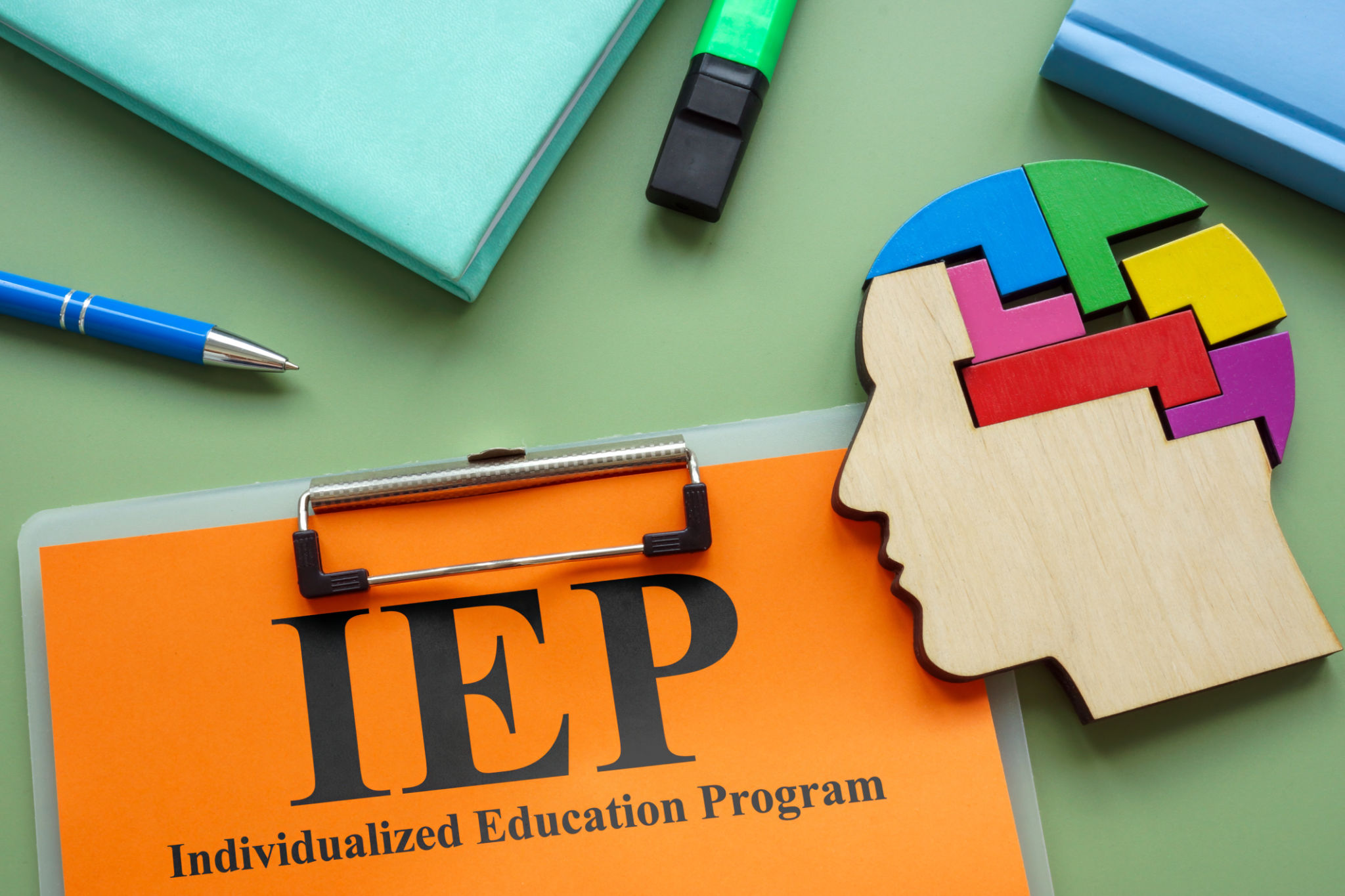AI-Driven Personalized Learning: Revolutionizing Kids' Reading Experience
Understanding AI-Driven Personalized Learning
In recent years, the educational landscape has been transformed by technological advancements. One of the most significant changes is the introduction of AI-driven personalized learning, which is designed to enhance the educational experience for children, particularly in the realm of reading. This innovative approach tailors educational content to each child's unique learning style and pace, ensuring that they receive the support and challenges they need to thrive.
AI-driven personalized learning systems use complex algorithms to analyze a student's reading habits, proficiency levels, and areas of interest. This data is then used to create a customized learning path that adapts in real-time as the student progresses. Such systems can identify when a child is struggling with a particular concept and provide additional resources or exercises to help them overcome these challenges.

The Benefits of Personalization
One of the most significant advantages of AI-driven personalized learning is its ability to cater to individual needs. Unlike traditional education systems, which often follow a one-size-fits-all approach, personalized learning ensures that each child receives the right amount of attention and resources. This can lead to improved engagement, as students are more likely to stay interested in material that feels relevant and accessible to them.
Additionally, personalized learning can help identify and nurture a child's strengths. By focusing on areas where a student excels, educators can provide opportunities for further enrichment and development. This focus on strengths not only boosts confidence but also encourages a love for learning that can last a lifetime.

Technology in Action: How It Works
The technology behind AI-driven personalized learning is both sophisticated and user-friendly. Utilizing machine learning algorithms, these systems continuously gather data from each student's interactions with educational content. This data includes reading speed, comprehension levels, and even preferences for certain genres or topics.
Based on this information, AI programs recommend books, articles, or activities tailored to the student's current level and interests. For example, if a student shows an interest in science fiction, the system might suggest age-appropriate sci-fi books that align with their reading level. Similarly, if comprehension tests indicate difficulty with certain vocabulary words, additional exercises or interactive games may be introduced to reinforce understanding.

Challenges and Considerations
Despite its many benefits, AI-driven personalized learning is not without challenges. Concerns about privacy and data security are paramount, as these systems rely on collecting and analyzing personal information about young learners. It's crucial for developers and educators to ensure that robust security measures are in place to protect student data.
Moreover, there is the challenge of ensuring equitable access to technology. Not all students have the same level of access to digital devices or high-speed internet, which can create disparities in educational opportunities. Efforts must be made to bridge this digital divide so that all children can benefit from personalized learning experiences.
The Future of Reading Education
As technology continues to evolve, the potential for AI-driven personalized learning in reading education is boundless. With continuous advancements, these systems will become even more adept at understanding and responding to individual learning needs. This will likely lead to greater educational outcomes and a more inclusive approach to teaching.
Educators and parents alike have an essential role in supporting this transition by embracing new tools and methodologies. By doing so, they can help create a more dynamic and engaging learning environment that fosters curiosity and a passion for reading among young learners.

In conclusion, AI-driven personalized learning represents a transformative shift in how we approach children's education, particularly in reading. By leveraging the power of technology, we can provide more tailored and effective learning experiences that cater to each child's unique needs. This not only enhances their reading skills but also instills a lifelong love for books and learning.
